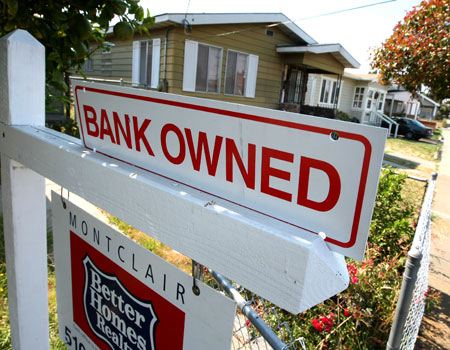Yesterday we shared that U.S. consumer spending unexpectedly dropped 1.1% in July [Source], and today the commerce department is reporting that U.S. housing starts unexpectedly dropped 7% in July [Source]. Stop me when you notice a trend…
 The financial pundits continue to attribute these drops to supply chain issues, COVID impacts, material constraints and various ancillary factors that have nothing to do with the underlying and overarching issues – inflation and wages.
The financial pundits continue to attribute these drops to supply chain issues, COVID impacts, material constraints and various ancillary factors that have nothing to do with the underlying and overarching issues – inflation and wages.
As long as skyrocketing food and fuel prices continue to impact the middle-class, forward looking purchasing decisions will be constrained.
We are in an economic era where working class family income priorities are focused on current day survival. “Food, fuel and energy price increases are changing consumer spending habits. Non-essential purchases have stopped….. they haven’t slowed, they have stopped. ←Emphasize this because it is not yet showing up in the data lag.” ~SD
Building permits have been issued, but we are in that period where speculative builders have noticed the consumer plateau and they have proactively stopped the home building process before they get caught upside-down with finished goods and no buyers.
WASHINGTON, Aug 18 (Reuters) – U.S. homebuilding fell more than expected in July, the latest sign that surging construction costs and home prices continued to constrain the housing market early in the third quarter.
The number of houses authorized for construction but not yet started last month was the third highest on record, indicating builders remained hesitant to undertake new projects.
“There is no question that home building has hit some sort of near-term ceiling, with surging home prices reducing affordability and leading to a record drop in the proportion of consumers that feel now is a good time to buy a home,” said Mark Vitner, a senior economist at Wells Fargo in Charlotte, North Carolina.
[…] Homebuilding fell in the Northeast, Midwest and West, but rose in the populous South. Starts increased 2.5% on a year-on-year basis in July. Single-family starts, which account for the largest share of the housing market, fell 4.5% to a rate of 1.111 million units. Starts for the multi-family segment tumbled 13.1% to a rate of 423,000 units. (read more)
I said in June, at a macro level home prices had reached their peak (last two weeks of May, first two weeks of June was apex). Obviously, there are some geographic home value increases still happening as COVID related regional issues and work opportunities are shifting populations. However, there is also a lag and ripple effect that takes time to work through the economy. The macro-apex will not be visible until next year.
People go where the work is, and the work is in the freedom zones (red states/regions). Population shifts keep some area home prices increasing. However, on a national macro-level the apex has been reached. People cannot afford higher mortgage payments and simultaneously deal with massive inflation on essential purchases. (CTH More)

